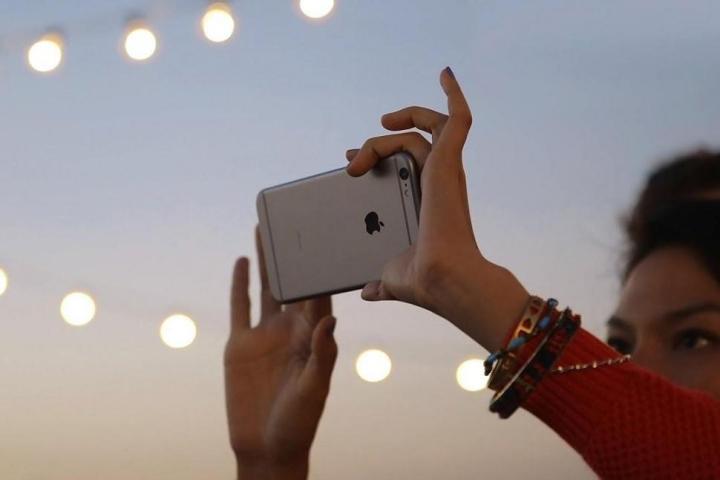
Coming in at a very distant second is Samsung, which boasted just 15 percent of market profits. No, the math isn’t wrong — the total profits accounted for between Apple and Samsung exceed 100 percent because experts estimate that other makers lost significant chunks of change while trying to compete with the two giants (or really, one giant) of the industry.
Shockingly, this profit percentage is actually lower than it was during the holiday season of 2014, during which Apple claimed 93 percent of all the money made in the smartphone market. But the firm’s dominance is actually a relatively new occurrence. Back in 2007, before the iPhone was the ubiquitous entity it has become today, Nokia was actually the major player in the game, with around 67 percent of all profits. By 2010, Apple was already catching up, and alongside Blackberry, the three companies were then all highly competitive with one another.
Things shifted further in 2012, as Apple and the iPhone continued to iterate and improve. By the end of that year, Apple and Samsung were neck and neck when it came to money-making. But now, Apple has pulled far away from the rest of the pack — this time last year, Apple garnered only 65 percent of profits. Now, the company is nearing complete annihilation of its competition.
With record-breaking sales numbers and more iPhone units being ordered now than ever before (thanks largely in part to the growing Asian market), it looks like Apple’s trajectory will continue to rise.


